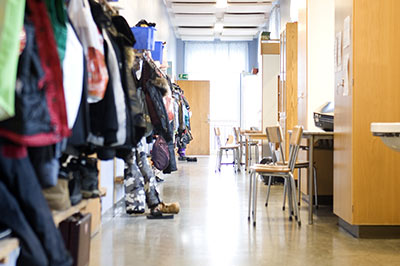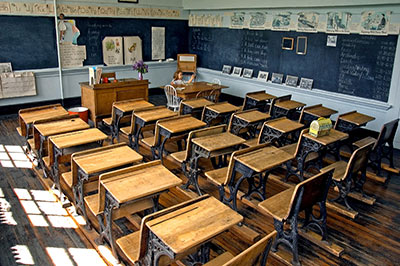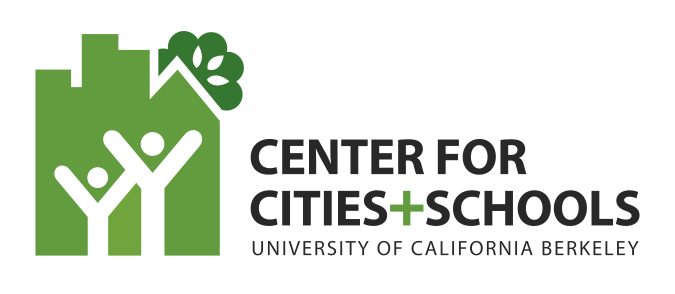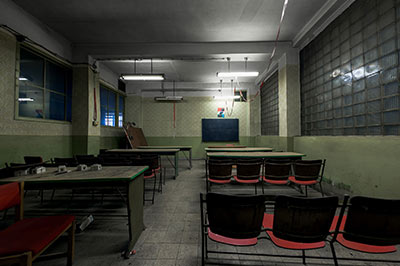By Angel Ford, Ed.D.
In my last blog, Learning Spaces Encourage or Discourage Autonomy Support, I proposed that physical learning environments affect the level of autonomy support that teachers feel and, in turn, the level of autonomy support that teachers are able to provide their students. In this blog, I focus on how the design of the physical learning spaces can affect students’ autonomy.
Here’s a quick recap as to why autonomy supportive learning environments are important. Autonomy is the feeling of being able to make choices about one’s own behavior and it is a key component of intrinsic motivation (Deci & Ryan, 1985). As autonomy increases, intrinsic motivation often increases; therefore, autonomy supportive learning environments are beneficial for increasing student engagement and success.
The question we often ask as educators is: How can we motivate our students? Deci & Flaste (1996) explain, '“The proper question is not, how can people motivate others?” but rather, “how can people create the conditions within which others will motivate themselves?”' (p. 10). The key question for this blog is: What are obstacles to student autonomy within the physical learning environments?
Unfortunately, schools—like prisons, factories, and hospitals—are often designed and built to enable and encourage a certain level of control (Dovey, 2014). This means that in traditional school buildings educators have to work against the built environment to produce a climate that is autonomy supportive. Evidence is plentiful that the social environment or social climate of a school affects learning. Studies are starting to produce evidence that the physical environment either helps in “facilitating learning and well-being or posing a challenge to them” (Sjöblom, Mälkki, Sandström, & Lonka, 2016).
Not only is the institutional design of school buildings a concern, the rise of security in schools has made the physical environment of schools more prisonlike. The increase of cameras and metal detectors can have a negative affect on students’ perceptions of safety and security (Mallett, 2015). The intention of increasing safety may actually have the opposite affect on how students feel.
In addition to the institution-like design of school buildings and increasing security measures, there are other physical obstacles to creating autonomy supportive learning environments. For example, a teacher who has to teach in a specialized classroom setting such as an auditorium would have to put forth a great deal of effort to overcome the association that students automatically make with that type of space. “An auditorium implies a different positioning and division of roles than a classroom where the desks are organized in groups and the teacher has no central position but is, instead moving around the classroom on a chair” (Sjöblom et al., 2016, p. 21). Other examples of physical environment mismatches of form and function would be “having to work on a group assignment in a silent library hall or endeavoring to understand new theoretical material in a noisy hallway” (Sjöblom et al., 2016, p. 21).
Sjöblom et al., (2016) suggest that issues in the physical environment decrease the ‘cognitive resources’ students can use for learning. Effective teachers work around the physical limitations of their classrooms when possible, but there are times when the design of the spaces dictates pedagogical options. School building design should accommodate an array of learning methodologies in order to allow for the feeling of student autonomy as teachers offer options throughout their teaching.
Mallett (2015) suggests that schools are run like prisons and feel like prisons. Prisons are places where autonomy is purposefully stripped away from inmates. Does the design of the school built environment make students feel more like controlled inmates than students motivated to learn? Studies could be conducted that will help answer this question and other questions about how the physical learning environment can be designed or altered to promote rather than hinder students’ feelings of autonomy.
References:
Deci, E. L., & Flaste, R. (1996). Why we do what we do: Understanding self-motivation. Penguins Books.
Deci, E. & Ryan, R. (1985). Intrinsic motivation and self-determination in human behavior. New York: Pantheon.
Dovey, K. (2014). Framing places: mediating power in built form. Routledge.
Mallett, C. A. (2015). The school-to-prison pipeline: A comprehensive assessment. Springer Publishing Company.
Sjöblom, K., Mälkki, K., Sandström, N., & Lonka, K. (2016). Does Physical Environment Contribute to Basic Psychological Needs? A Self-Determination Theory Perspective on Learning in the Chemistry Laboratory. Frontline Learning Research, 4(1), 17-39.
Dr. Angel Ford is a research associate with Education Facilities Clearinghouse (EFC). Dr. Ford has previous experience working as a middle/high school administrator and actively participates in research and content management of the EFC website.












